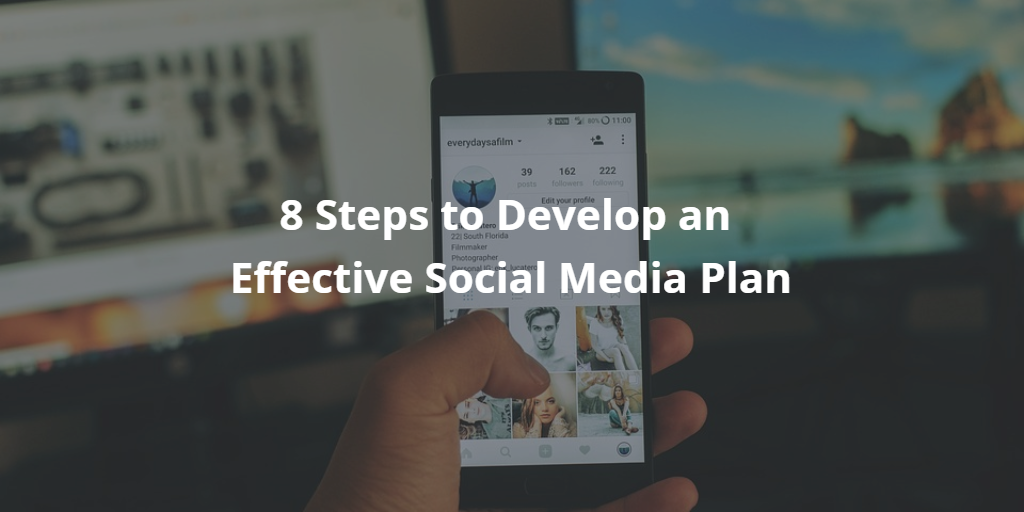Social media marketing is an important part of a well-balanced marketing mix. As with any other aspect of your business, it’s important to develop a logical plan so you don’t waste valuable time and money. Here are some important things to consider in developing your social media plan.
1. Define Your Focus & Develop the Right Content
You don’t need to be everywhere! You need to pick a couple logical platforms and do a good job. First, you need to define your focus and decide what you are trying to accomplish on each platform.
LinkedIn is a good platform for Business-to-Business marketing, so if you wanted to position your company as thought leaders or industry experts, this would likely be a good platform. In my experience Facebook is more challenging for B2B marketing, but it can be a great platform for connecting with people on a more personal level.
2. Promote Your Social Media Channels Everywhere
Once you select the best social media platforms for your business, make sure to promote them everywhere. Add them to your website, your email signatures and on all electronic documents. You can even put the icons on printed materials just to remind people to look for you on those platforms.
3. Use Proper Company Branding on Each Platform
Make sure all your content including your background pictures, profile pictures, logo, copy, posts and updates on each platform are reinforcing your branding in an appropriate way. Consistency is key.
4. Create a Calendar of Targeted Content
Create an annual calendar of content to make sure you are doing things logically and optimally. Look at things that impact your business and layer in key conferences, speaking engagements, holidays, seasonal events, etc. Having a calendar makes it easier to create targeted content.
5. Develop an Approval Process that Works for You
Create a streamlined process to get draft posts approved before they are published. Most social media dashboards offer the ability to add posts in a draft mode, that must be approved before they are published. The key is to find a simple system that works well for your situation.
6. Interact with People & Companies on Each Platform
Social media is supposed to be social – meaning you need to interact and follow other people and companies if you want them to follow you and like your posts. Assign a team member or hire a consultant to be “social” on your social media platforms.
7. Get Your Employees (or Team) Involved
You need to create a culture that encourages social sharing to help you sustain and grow your business. Employees or extended team members should be encouraged to follow company posts, like things and share the content.
8. Analyze Metrics, Adjust & Repeat
Benchmarking your data is critical. You want to see where you are growing and what type of content resonates with each audience. It’s important to review the metrics for each platform on a regular basis (monthly or more frequently) and make adjustments to your plan. Social media is a dynamic platform, and what works today will most likely change a bit in the future, so it is important to have your plan adapt and change over time.
For most businesses, social media marketing is NOT a silver bullet. In my opinion, social media marketing plays an important role in a comprehensive marketing program that generally uses both traditional marketing tactics (face-to-face meetings, networking events, trade shows, etc.) and a myriad of digital strategies.
If you found this article helpful, please post a comment and share it on social media. Also, be sure to check out my other blog posts and connect with me on social media to help us stay in touch. Thank you!





